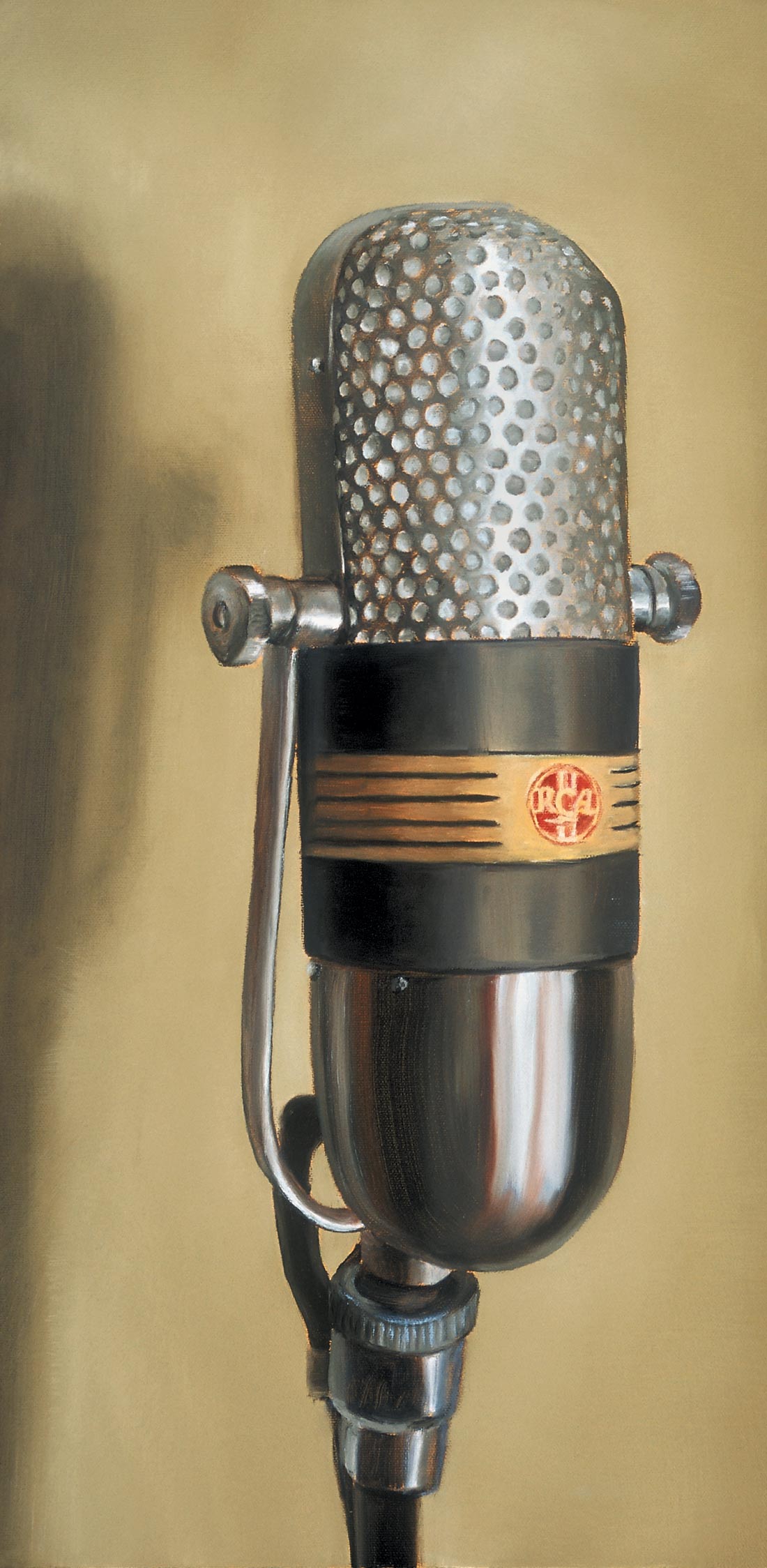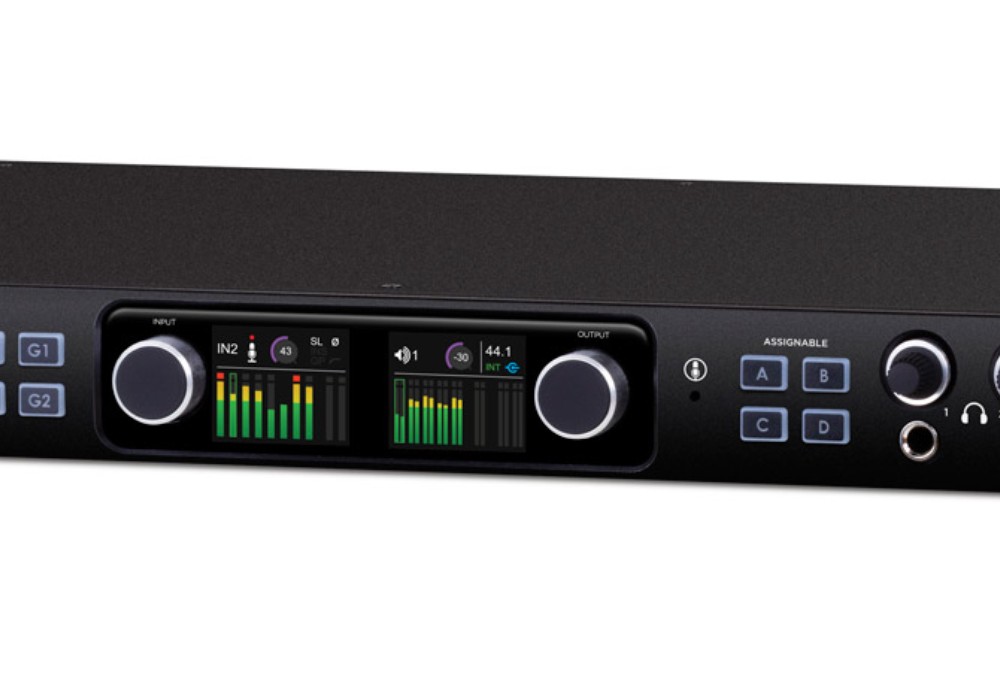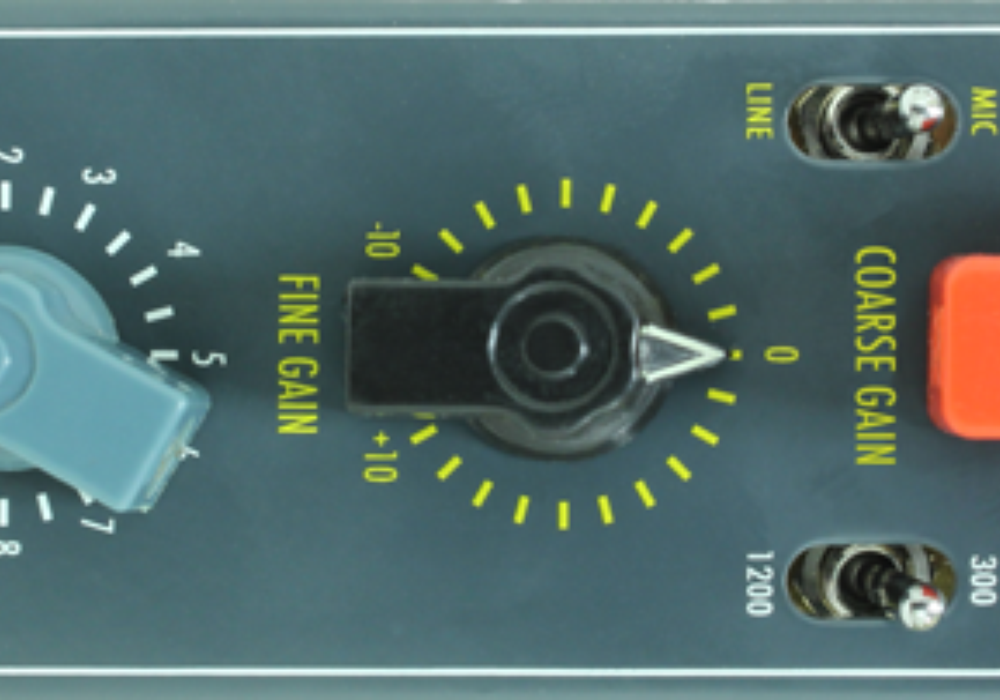When one hears the name SSL, the first thing that comes to mind is a big bucks console. Now that there is some kind of rackmount version of every other large format console's mic pres or channel strips, it makes sense that SSL would bring various parts of their famed products out as standalone devices. This line has been named the Super Analogue line and for now consists of a multi channel compressor, a 2-channel G series compressor, an XL channel, and the 4-channel mic preamp.
SSL directed their designers to spare no expense and build a mic preamp that would be a strong front end for their XL 9000 consoles with the best components available. The preamp interfaces with the XL 9000, or there is a separate Mic Amp remote meant to be in the control room that runs the Mic Amp which is meant to be in the cutting room, thus keeping the mic cable runs as short as possible. I do not own an XL 9000 and they did not send the remote, so I just worked with the 4-channel mic amp by itself.
The first thing I discovered was that the XLR inputs are on the front, since it was designed to be installed in the cutting room, not the control room. Fortunately, I have some open spaces in my pre-amp rack so I was able to leave space above it for the input cables to pass through the front of my rack. According to the manual, you are supposed to leave one rack space above it open for ventilation anyway as well as support it with something as it is a rather deep at almost 15". So, for a single IU product, you need 2U of space. A bit of a hassle as it may require the non SSL owner to have to reconfigure their rack to allow for the front connections. I chalked this up to not having the remote and forged ahead with mounting it up and hooking up the inputs.
The manual is 26 pages long, but well over three quarters of it is dedicated to the remote and the connection to the XL console, so I was able to ignore all of that. So I went to the page that was dedicated to the actual preamp functions and found the usual explanations for the phase switch, impedance switch, -20dB pad, and phantom power. I also found out is the actual volume pot on the front for each channel is actually a motorized pot and the motor is inactive without the remote. The manual states that because "of the servo motor and gear box the gain control is stiffer than a normal SSL potentiometer." Having never twisted a "normal SSL potentiometer" I have no reference to how much "stiffer" it is, but I can only say it's pretty stiff. In fact, it's darn hard to turn. Okay, so a few inconveniences.
What about day-to-day use and, most importantly, the sound? I was definitely excited to be trying out 4 channels of mic pres that, according to the specs, are quiet (THD+N<0.03%@70dBgainonaninputof-50dBu) and have a lot of headroom. The first thing I tried the unit on was brushed drums. I used the preamp for kick, snare, and stereo overhead, and it passed with flying colors. The sound of the kick (with an AKG D12) was pristine and open. The snare sound was also very good and made my 57 sound better than a 57 usually seems to sound. But the thing that made me really happy was how well it handled the Royer SF-12 stereo overhead. Normally, I have to push preamps to their upper limit when the Royer is capturing quieter drums, but with the SSL I was able to crank up the gain and print hot to tape on some really quiet brushwork and still had a lot more gain to go. The detail of the stereo image was much better, and the kit felt "wider" when we played back the track.
On another session, I tried the unit on some bass. Since there is no line in or direct in, I did not use it for a DI. Instead, I used it to amplify an AT4047 on an SVT rig during a Nu Metal session I did. For this track, I had to use the 20dB pad to reduce the input as the bass amp was cranked up to eleven. During set up, before I engaged the pad, the overload light was glowing so I grabbed some phones and listened to the unit through it's own internal headphone output. Despite the obvious overload, I could not hear any clipping. With the 20dB pad engaged, I was able to make the tape input happy, and we tracked away. Again, all the detail was there and made all those slappy high notes sound great.
After the bass, I tried the SSL on the Mesa Boogie driven leads and rhythms and really liked the headroom of the preamp as it handled the crazy low end of the guitars very well. I stopped short of trying it for vocals as the stiffness of the motorized gain control made it impossible to get the level where I wanted it. One twist back would be too much and a little forward was too loud.
So, in summary, at roughly a grand a channel, this is not the cheapest game in town, but it is four channels of wide open solid-state mic preamp that sound really great. I only wish they had thought a little bit more about us non SSL owners and made a version without that darn motor and put the input connections in the back. As it is now, it still is a great way to bring SSL quality into your studio and I'll be sorry when I have to return it. ($4345 MSRP, www.solid-state-logic.com)






_disp_horizontal_bw.jpg)